Disclosure: This article contains affiliate links. We may earn a commission from purchases at no extra cost to you, which helps our travel content.
I'll never forget my first glimpse of Bogota's skyline, emerging through wisps of cloud as my plane descended toward El Dorado International. The sprawling metropolis nestled in its high Andean valley at 8,660 feet looked nothing like the Colombia of popular imagination. After a week exploring the city between meetings (perks of remote work), I discovered Bogota isn't just Colombia's business hub—it's a living museum where centuries of history unfold around every corner. From Spanish colonial architecture to ultra-modern skyscrapers, the city's timeline is written in its streets, plazas, and buildings. The best part? You don't need a fat wallet or weeks of vacation time to experience it. This guide breaks down how business travelers can efficiently explore Bogota's rich historical narrative, even with just a few days to spare beyond your work commitments.
La Candelaria: Where Bogota's Story Begins
If Bogota has a historical heart, it's La Candelaria. This cobblestoned colonial neighborhood is where the city was founded in 1538 by Spanish conquistador Gonzalo Jiménez de Quesada. I spent my first free afternoon here after wrapping up morning calls, and immediately wished I'd blocked off the entire day.
The district's narrow streets wind past colorful colonial-era buildings with wrought-iron balconies dripping with flowers. Every turn reveals another architectural gem or historical marker. Plaza Bolívar forms the district's centerpiece—a vast square flanked by the neoclassical Cathedral, the Congress building, the Palace of Justice, and the Liévano Palace (City Hall). Standing in its center, I felt like I was at the crossroads of Colombian history.
While exploring, I stumbled upon the Gold Museum (Museo del Oro), which houses the world's largest collection of pre-Hispanic gold artifacts. The 55,000+ pieces tell the story of Colombia's indigenous cultures and their sophisticated metalwork long before European arrival. At just 4,000 pesos (about $1 USD) for entrance, it's possibly the best museum value I've found anywhere in my travels.
I captured most of La Candelaria's vibrant street scenes with my compact travel camera. Its pocket size made it perfect for navigating crowded streets while still capturing professional-quality images of the neighborhood's famous street art and colonial architecture.
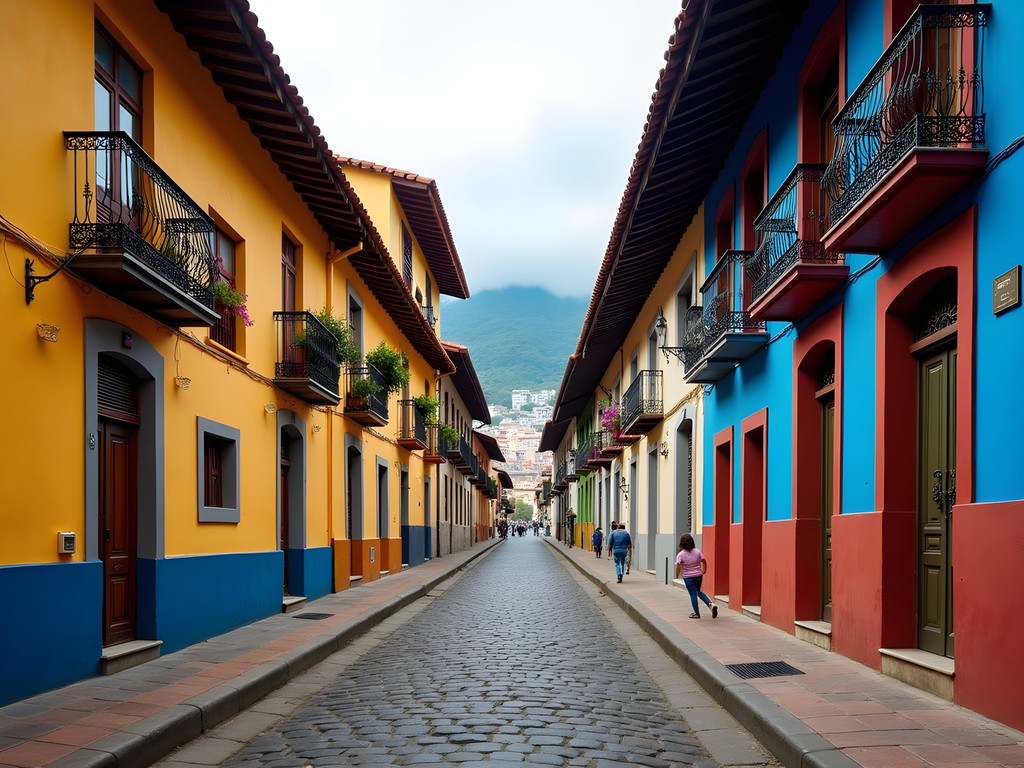
💡 Pro Tips
- Visit Plaza Bolívar early morning (before 9am) to avoid crowds and catch beautiful morning light on the buildings
- The Gold Museum is free on Sundays, but expect larger crowds
- Many La Candelaria museums close on Mondays, so plan accordingly
Monserrate: The City's Sacred Heights
Nothing gives you a better sense of Bogota's historical evolution than viewing it from above. Monserrate, the mountain that dominates the city's eastern skyline, has been a pilgrimage site since the 1600s when a shrine was built at its summit. At 10,341 feet above sea level, it's a literal and figurative high point of any Bogota visit.
I squeezed in my Monserrate visit during a lunch break, taking the funicular railway up (17,000 pesos round-trip, about $4 USD). The colonial-era white church at the top remains an active pilgrimage site, but I was more captivated by the panoramic view—a sprawling urban landscape that visibly charts Bogota's growth from colonial outpost to modern metropolis.
From this vantage point, you can clearly see the historical districts giving way to mid-century developments and finally to the gleaming high-rises of the financial district. It's like viewing a timeline of the city's development laid out before you.
The altitude is no joke—at over 10,000 feet, I found myself slightly winded just walking around the summit. If you're coming from sea level, consider saving Monserrate for the second or third day of your trip to allow for some acclimatization. I made the mistake of rushing up on day one and had to take frequent breaks at the top.
While many tourists take the cable car, I found the funicular railway more interesting as it follows the original route established in 1929. For the truly adventurous (and altitude-adjusted), there's a pilgrim's walking path that locals often climb as an act of devotion—though I wouldn't recommend it for a quick business trip visit.

💡 Pro Tips
- Go on a clear weekday morning to avoid weekend crowds and have better visibility
- Bring a light jacket even on warm days—the temperature drops noticeably at the summit
- The funicular and cable car have different operating schedules; check before going
Quinta de Bolívar: The Liberator's Retreat
Between my meetings with publishing houses in Bogota, I carved out time to visit Quinta de Bolívar, the colonial mansion that served as Simón Bolívar's residence when he wasn't busy liberating half the continent from Spanish rule. Located at the foot of Monserrate, this elegant country house offers a more intimate glimpse into Colombia's independence era.
The Colombian government gifted this estate to Bolívar in 1820 as thanks for his leadership in the independence movement. Walking through its rooms and gardens, I felt a tangible connection to the man whose vision shaped not just Colombia but much of South America.
What struck me most was how modest the home is by today's standards for political leaders. Bolívar's personal quarters, study, and dining areas speak to a simpler time when even revolutionary heroes lived without excessive luxury. The gardens are particularly peaceful—Bolívar apparently spent many hours here contemplating the future of Gran Colombia (which later split into Colombia, Venezuela, Ecuador, and Panama).
Entrance costs just 4,000 pesos (about $1 USD), making it another budget-friendly historical site. I spent about 90 minutes exploring the house and grounds, which was enough time to appreciate the exhibits without rushing.
The museum provides free guides in Spanish, but I found the pocket translator I brought along invaluable for understanding the detailed historical information. It instantly translated the Spanish placards to English, giving me much deeper insight than I would have gotten from just looking at the artifacts.

💡 Pro Tips
- Combine this visit with Monserrate since they're geographically close
- The gardens are especially beautiful in morning light
- Photography is allowed without flash, but tripods require permission
Museo Nacional: Colombia's Evolution in One Building
If you've only got time for one comprehensive historical site in Bogota, make it the Museo Nacional. Housed in a former prison built in 1874 (an architectural story in itself), the museum chronicles Colombia's journey from pre-Hispanic civilizations through colonization, independence, and into the modern era.
I blocked off a Wednesday afternoon for my visit because that's when the museum offers free admission (normally 4,000 pesos—still a bargain). The building's transformation from penitentiary to cultural institution mirrors Colombia's own evolution and healing from difficult chapters in its history.
The collection spans archaeology, ethnography, art, and political history across three floors. What impressed me most was how the museum doesn't shy away from Colombia's complex past—including the conflicts and social challenges of recent decades. It presents multiple perspectives on historical events rather than a single narrative.
I found the section on Colombia's independence particularly fascinating, especially after visiting Bolívar's home the previous day. Seeing the actual proclamations, weapons, and personal items from that revolutionary period brought the textbook history to life.
During my visit, I used my noise-canceling earbuds to listen to the museum's free audio guide app (available in English) without distraction. The prison architecture creates some interesting acoustics, and being able to focus completely on the audio commentary while blocking out the ambient noise enhanced my experience significantly.
For business travelers with limited free time, the museum's central location makes it accessible for even a quick two-hour visit. I managed to see the highlights during an extended lunch break, though history buffs could easily spend half a day exploring all the exhibits.
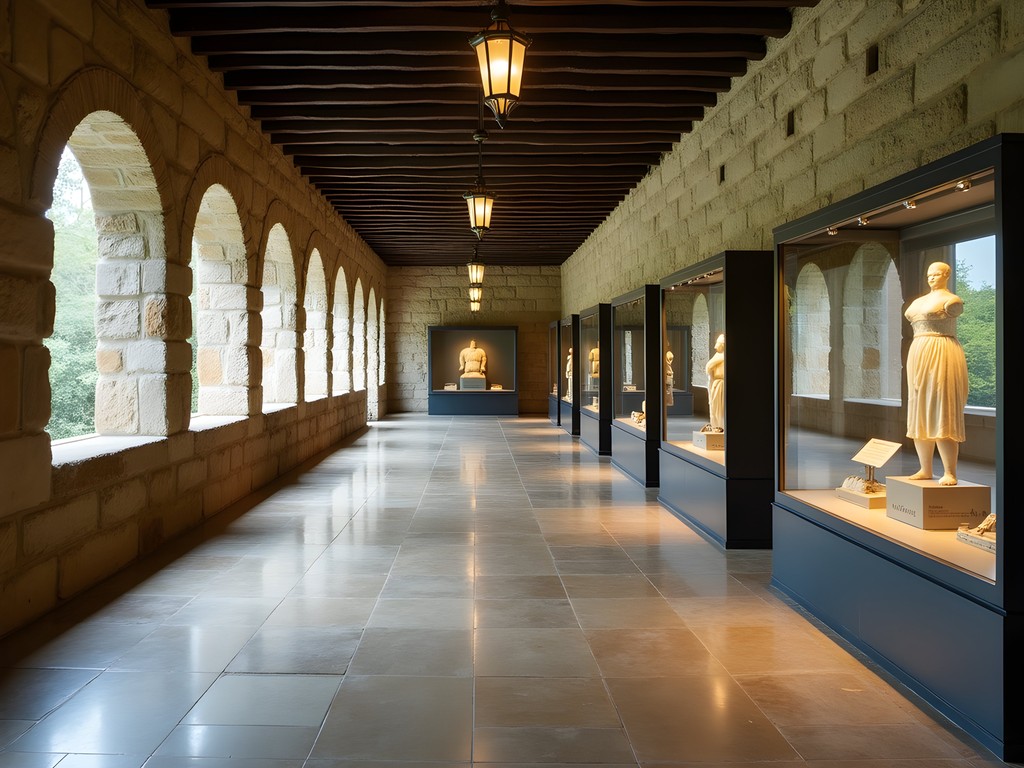
💡 Pro Tips
- Visit on Wednesdays for free admission, but prepare for slightly larger crowds
- Download the museum's app before your visit for access to the audio guide
- The top floor offers the most comprehensive view of modern Colombian history
Usaquén: From Colonial Village to Urban Hotspot
On my last evening in Bogota, I ventured north to Usaquén, once a separate colonial village that's now been absorbed by Bogota's urban expansion. This neighborhood perfectly encapsulates how Colombia preserves its historical layers while embracing contemporary culture.
The area's colonial-era central square remains intact, anchored by a whitewashed church dating from the 1600s. But surrounding this historical core, Usaquén has evolved into one of Bogota's trendiest districts, with upscale restaurants, boutiques, and cafes occupying lovingly restored colonial buildings.
I timed my visit for Sunday when the neighborhood hosts its famous flea market (Mercado de las Pulgas). Artisans and vendors fill the streets around the main square, selling everything from traditional crafts to contemporary Colombian design. It was the perfect place to pick up unique gifts that tell Colombia's story through its craftsmanship.
What makes Usaquén fascinating from a historical perspective is how it represents Bogota's outward growth. Maps from the colonial era show Usaquén as a distant village well outside the city limits. Today, it's just another neighborhood in the sprawling metropolis—though one that's retained its distinct character.
I enjoyed a coffee at one of the cafes facing the main square, watching the interplay between historical architecture and modern urban life. Many of Bogota's outlying colonial villages have experienced similar absorption, but few have managed the transition as gracefully as Usaquén.
The neighborhood is easily accessible via TransMilenio (Bogota's rapid bus system) or a reasonably priced taxi ride from the city center. I chose to use the ride-sharing app which works perfectly in Bogota and eliminated any language barrier issues when explaining my destination to drivers.
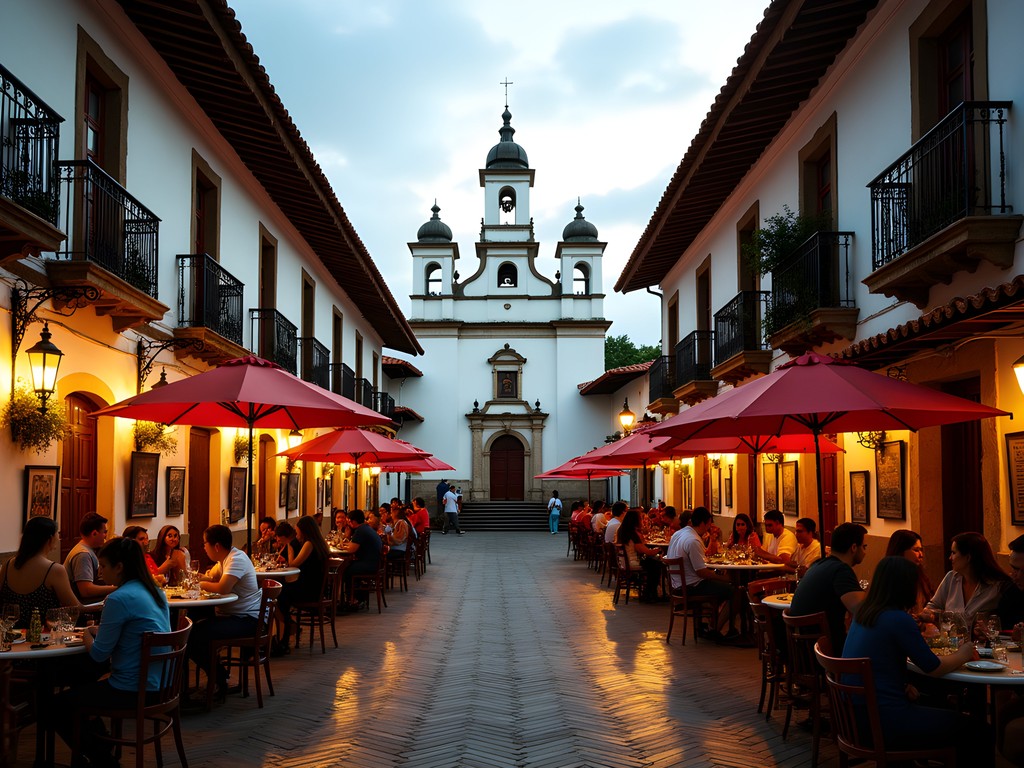
💡 Pro Tips
- Visit on Sunday for the flea market, but arrive before noon to avoid peak crowds
- Many restaurants require reservations on weekends, especially for dinner
- The area is generally safe, but still keep valuables secure in this touristy district
Final Thoughts
Bogota's layered history isn't confined to museums—it's woven into the very fabric of the city. Even with just a few days between business meetings, I managed to trace Colombia's evolution from indigenous cultures through Spanish colonization, independence, and into its complex modern identity. What surprised me most was how accessible this historical journey is for budget-conscious travelers. Most major sites cost less than $5 USD to enter, and the city's efficient public transportation makes getting around affordable and relatively straightforward. If you're headed to Bogota for business, do yourself a favor and extend your stay by at least a weekend. The city rewards even brief exploration with profound insights into South American history and Colombia's remarkable resilience. As I packed my bags to leave, I realized I'd only scratched the surface of Bogota's historical narrative—all the more reason to return soon.
✨ Key Takeaways
- Bogota's historical sites are surprisingly affordable, with most major attractions costing less than $5 USD
- The city's elevation (8,660 feet) affects energy levels, so pace yourself and stay hydrated
- Many museums offer free admission on specific days, making budget exploration even more accessible
📋 Practical Information
Best Time to Visit
year-round (Bogota has consistent temperatures, though December-March tends to be drier)
Budget Estimate
$30-50 USD per day excluding accommodation
Recommended Duration
3-4 days minimum for historical sites
Difficulty Level
Easy To Moderate (Altitude Is The Main Challenge)

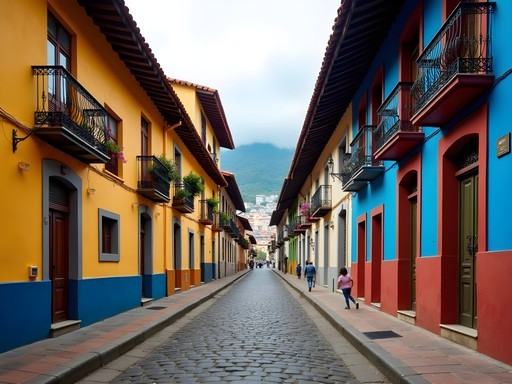


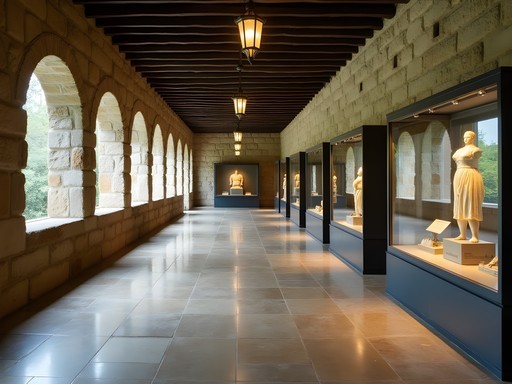
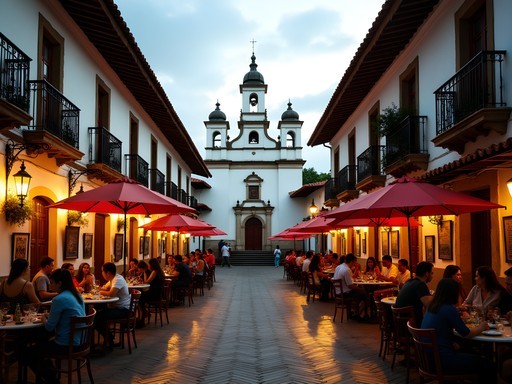


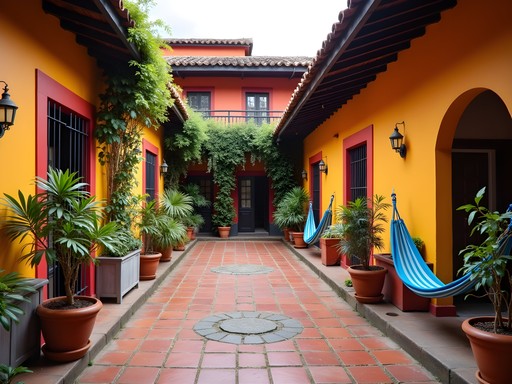
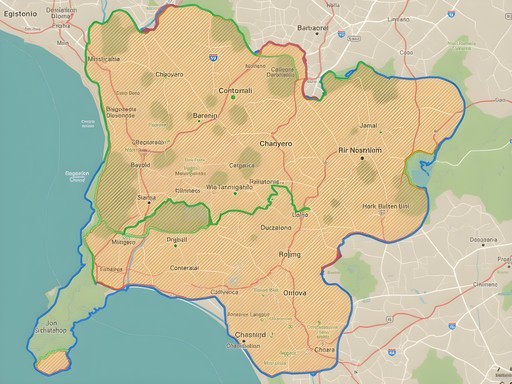
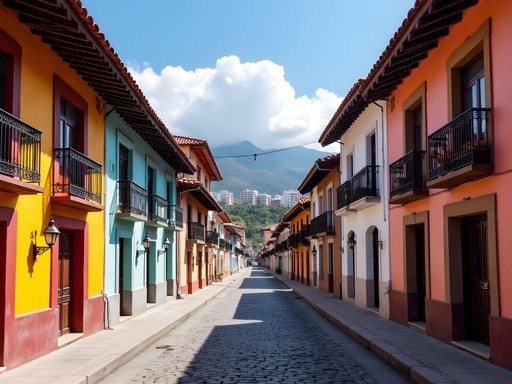
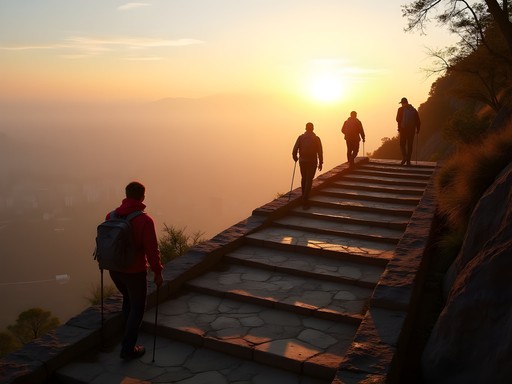
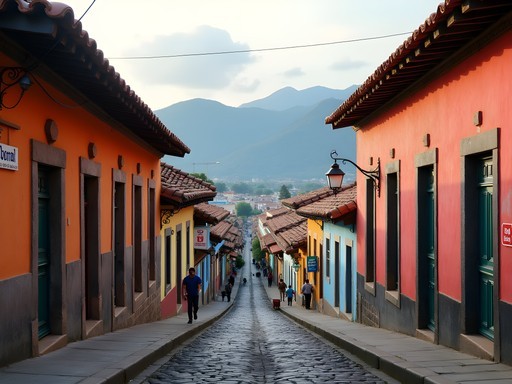

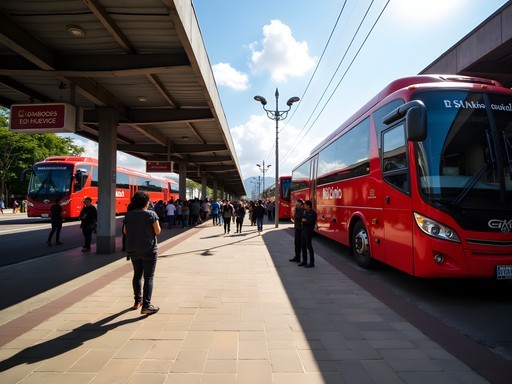

Comments
CloudyDayExplorer
That shot of the city from Monserrate is absolutely stunning! What time of day did you go up there?
Nathan Fisher
Thanks! I went up about an hour before sunset - the golden light on the city was magical, and then you get to see all the lights come on as it gets dark.
Douglas Bradley
Nathan, your piece captures the historical layers of Bogota beautifully. The juxtaposition of colonial architecture against the modern cityscape is what makes it such a fascinating urban center. When I visited, I found that spending a full day in the Museo Nacional was barely enough - the pre-Columbian artifacts alone deserve hours of attention. One recommendation for history enthusiasts: try to catch a guided walking tour of La Candelaria that includes the Botero Museum. The guides often share lesser-known historical anecdotes that aren't in the guidebooks. The altitude adjustment is also worth mentioning - at 8,660 feet, some visitors might need a day to acclimate before tackling Monserrate's heights.
Nathan Fisher
Great point about the altitude, Douglas! I definitely felt it climbing the stairs at Monserrate (though the funicular saved me on the way down). The Botero Museum was a highlight I didn't get to cover in depth - those disproportionate figures are so distinctively Colombian.
SoloTraveler44
How many days would you recommend for seeing all these historical sites? I'm planning a trip but only have about 3 days in Bogota.
Nathan Fisher
You can hit the main historical sites in 3 days if you plan efficiently! I'd suggest one full day for La Candelaria (including Gold Museum), half day for Monserrate, and half day for Quinta de Bolívar and Museo Nacional. That still leaves you time for meals and some spontaneous exploring.
escapechamp
OMG your photos of Monserrate are STUNNING! Those views!!! 😍 Adding Bogota to my bucket list right now!
happyexplorer
Great post! I'm planning my first trip to Colombia next month and Bogota is my first stop. How safe did you feel walking around La Candelaria? I've heard mixed things about safety. Also, did you use public transportation or mostly taxis?
Nathan Fisher
La Candelaria is generally safe during daylight hours, especially in the main tourist areas. I used TransMilenio buses during rush hour (they're efficient but crowded) and Uber/Beat for evenings. Just use normal city precautions - don't flash valuables and stay aware of your surroundings!
Douglas Bradley
I'd second Nathan's advice about La Candelaria. I spent a week there last year researching Colombian history. The area around Plaza Bolivar and the main museums is well-patrolled, but some streets get quiet after business hours. The TransMilenio is excellent for north-south travel, and I found having a good map app essential as the bus system can be confusing at first. I'd recommend the pocket guide which has detailed neighborhood maps that helped me navigate the historical district.
happyexplorer
Thanks both! That's really helpful. I'll stick to daytime exploring and use rideshare apps at night. Looking forward to visiting Monserrate too!
beachphotographer
La Candelaria was my favorite part of Bogota too! Those colorful colonial buildings and street art everywhere made for amazing photos. We stayed at a little hostel right near Plaza Bolivar and could walk to everything. The Gold Museum blew my mind - definitely worth the visit if anyone's planning a trip. Did you get a chance to try ajiaco while you were there? That soup saved me in the chilly Bogota evenings!
Nathan Fisher
Thanks! And yes, had ajiaco at a small place near the Quinta de Bolívar - perfect comfort food for Bogota's weather. The Gold Museum is incredible, wish I'd had more time there!
mountain_wanderer
Those views from Monserrate look incredible! Adding this to my bucket list!
Frank Garcia
Excellent breakdown of Bogota's historical trajectory, Nathan. Your article effectively captures how the city represents Colombia's complex colonial-to-contemporary evolution. I spent three weeks documenting La Candelaria earlier this year, and the architectural juxtaposition between Spanish colonial structures and contemporary street art creates a fascinating visual dialogue about Colombian identity. One element worth noting is how the TransMilenio bus system makes these historical sites surprisingly accessible to budget travelers. The Museo Nacional's chronological approach to Colombian history provides crucial context that many visitors miss when only seeing the Gold Museum. I'd recommend allowing at least 4-5 days to properly absorb Bogota's historical layers - many travelers underestimate the city in favor of Medellín or Cartagena. I tracked all my walks using offline maps which was invaluable when exploring the less touristy historical areas.
travel_newbie
Is the TransMilenio easy to figure out for non-Spanish speakers? Going next month and trying to decide between that and just using Uber.
Frank Garcia
It has a learning curve but there are maps in English at most stations. Download the TransMilenio app beforehand - it has route planning in English. Uber is more convenient but you'll miss out on a slice of local life!
winterseeker
Just got back from Bogota last week and La Candelaria was exactly like you described! Those colorful colonial buildings with all the street art made for amazing photos. We did the Monserrate hike too but I was definitely feeling the altitude - took way more water breaks than I planned! Did you try any of the hot chocolate with cheese while you were there? That was such a weird but delicious surprise for us.
Nathan Fisher
The altitude definitely sneaks up on you! And yes, I had the hot chocolate with cheese at La Puerta Falsa - such a strange combo that somehow works perfectly!
winterseeker
That's exactly where we had it too! Did you feel safe walking around La Candelaria? We stuck to daytime but were wondering about evenings.
Nathan Fisher
I generally felt safe during the day, but did take Ubers after dark just to be cautious. Always good to stay aware of your surroundings like any big city.
travelmood
Just got back from Bogotá and used this guide extensively - thank you! The Quinta de Bolívar was a highlight that I wouldn't have known about otherwise. One thing to add - we found using the TransMilenio buses really easy and cheap for getting around. I was nervous at first but with my pocket dictionary and Google Maps, we navigated it fine. Way faster than sitting in Bogotá traffic in taxis!
roamseeker
Was the TransMilenio crowded? I've heard mixed things about safety on public transport there.
travelmood
It gets packed during rush hour for sure, but we just avoided those times. Keep belongings secure like anywhere, but we had zero issues. Definitely worth using!
Venture X
Premium card with 2X miles, $300 travel credit, Priority Pass